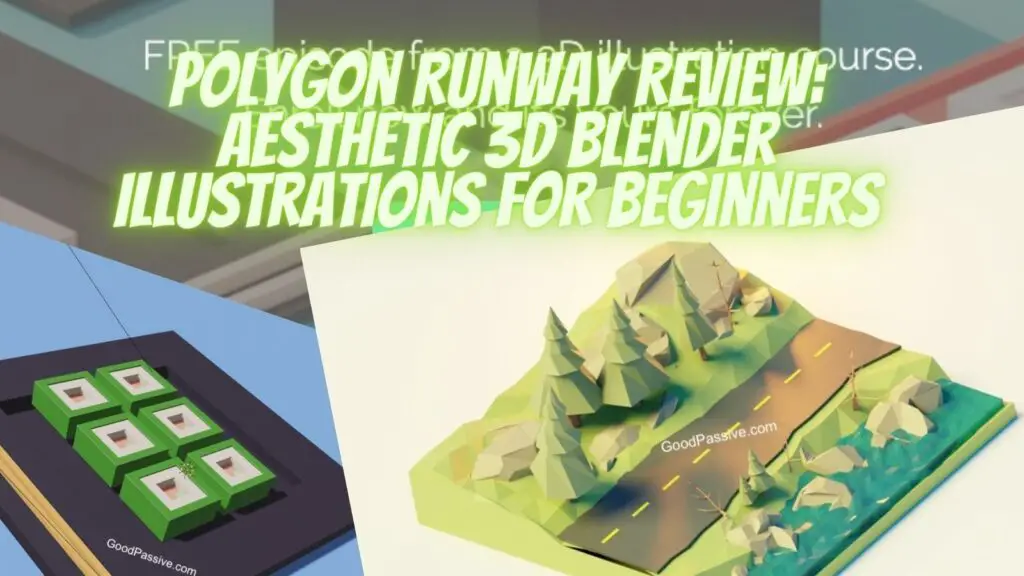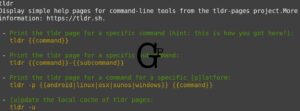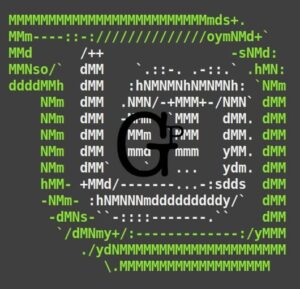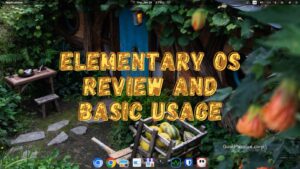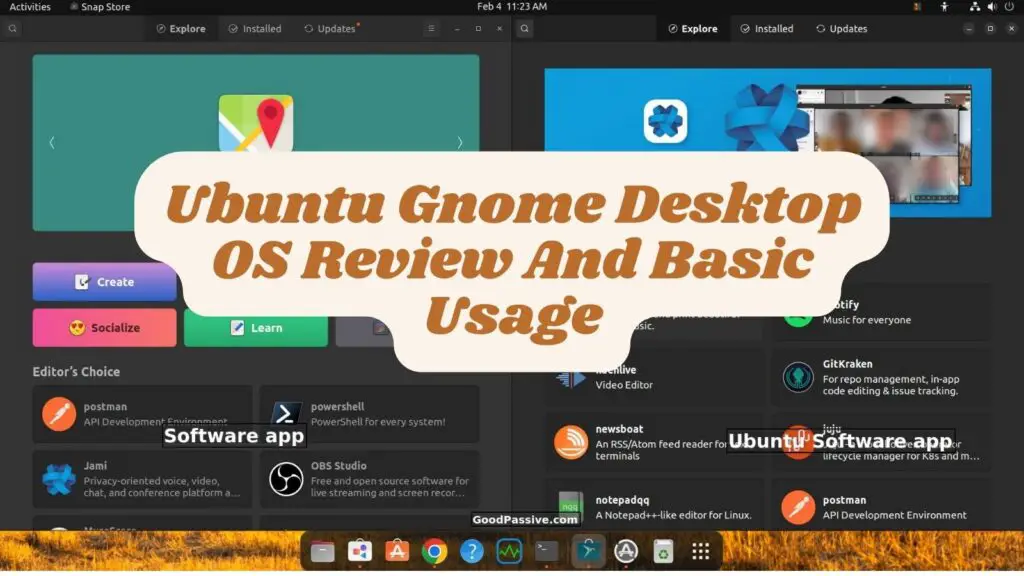
Update: The computer cannot boot up after leaving it power off for about a week. I reinstalled Ubuntu Gnome again, but this time the Software app (with the triangle,circle,and square icons in a shopping bag) showed installed but cannot be found to launch (I have to reinstall it to fix it). Then I installed the XnConvert app again, but this time it is not working anymore. Basically, I have to conclude that Ubuntu Gnome is not working for me anymore at that point. I have reverted back to Elementary OS (read the review here).
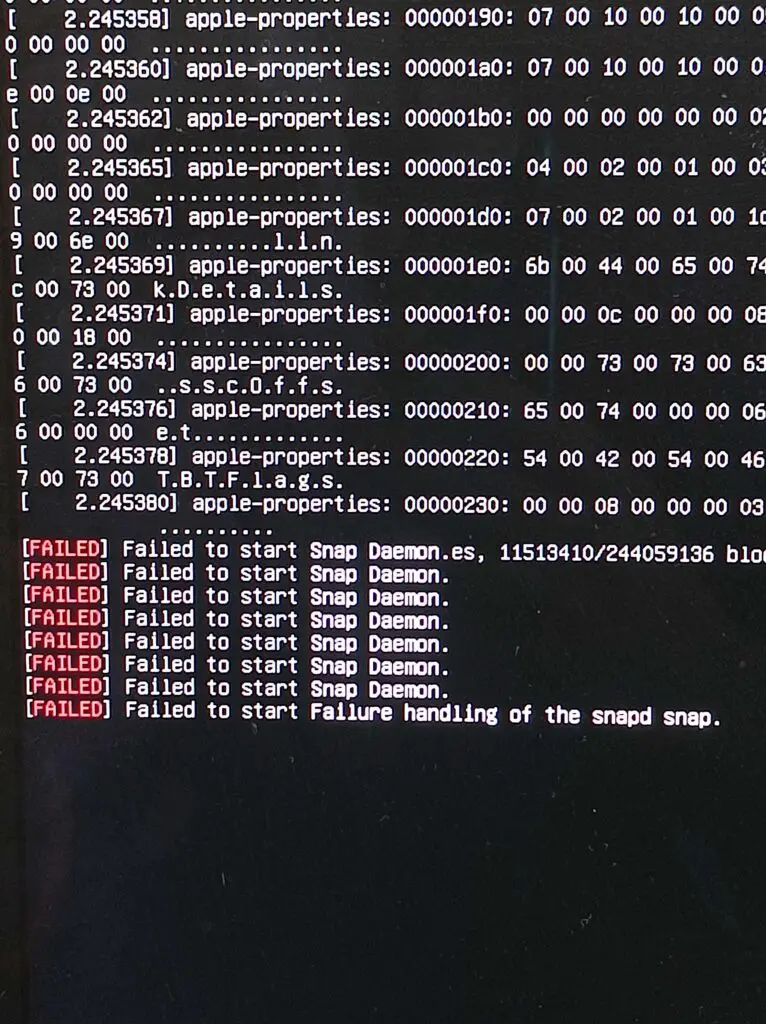
Ubuntu is one if not the most popular Linux distro available. Not only is the free personal desktop version outstanding at initial glance, Ubuntu has the most professional-looking website for comprehensive yet user-friendly Linux I have seen for business support as well.
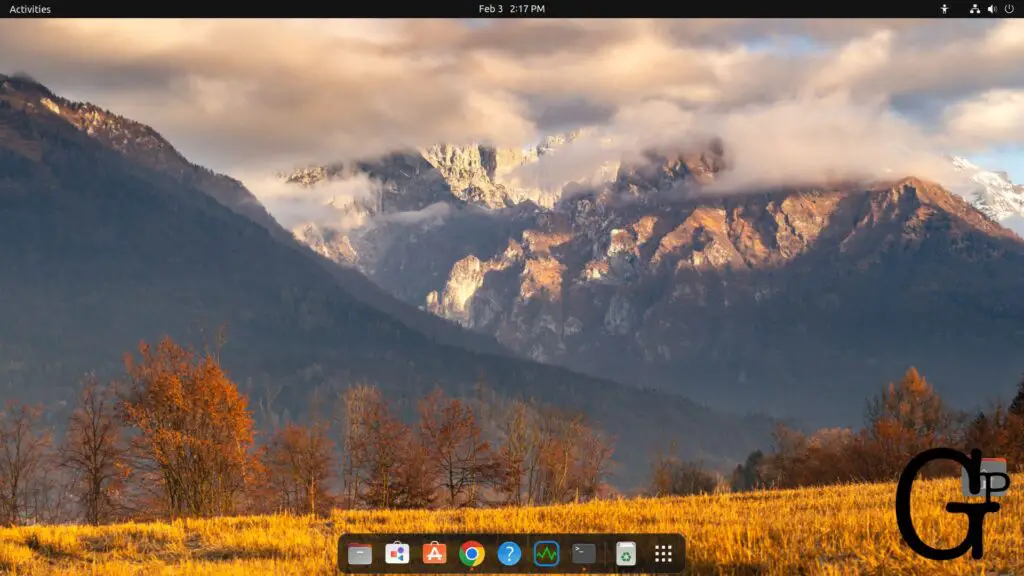
Is Ubuntu Gnome desktop OS worth it? What are its advantages or benefits?
Superior Linux distro choice of the lot out there at initial testing but not anymore due to stability issue rendering it unusable for my case e.g. cannot be booted.
- Ubuntu is one of the largest and comprehensive Linux solutions available, being the parent of many other Linux deviation and flavors including Elementary OS , Linux Mint, and Pop!_OS
- With the desktop Gnome version, it has one of the most aesthetic desktop feel
- Launching apps and searching files is a breeze with the Super (CMD) key
- Ease of installation and good hardware drivers support are essential
- Strong community presence
- Ubuntu is free and open-source. Ubuntu Pro is also available as an option
- Can be customized and upgraded with ease
- Colorful terminal output by default
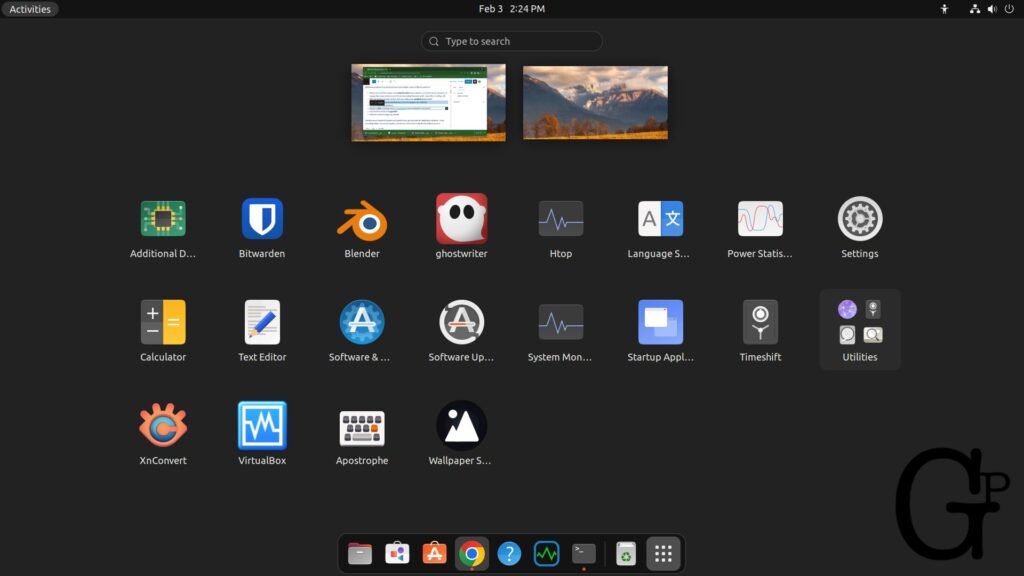
Ubuntu offers ease of installation part that can possible save you time and an unpleasant surprise – I was installing Fedora Gnome on my Mac and was not able to boot from the hard disk anymore.
Is installing Ubuntu desktop easy? And how to install Ubuntu desktop?
Here is an easy way I do it. Please backup all your important files elsewhere before proceeding.
- Download Ubuntu desktop ISO file
- Insert an USB flash drive
- Download, install, and run Balena Etcher to install Ubuntu on the flash drive
- Reboot and boot from the flash drive e.g. Press Option on Mac to select
- Select Minimal or Normal for popular apps
- Select to include proprietary drivers
- Select Erase Disk And Install and follow the instructions accordingly
Note: Please read how to use Balena Etcher in Linux under the More section if you are wondering.
Can Ubuntu upgrade to the new releases?
From what I read, yes. But upgrades will have to be consecutive. Skipping major updates releases may not work. This can be a major plus point if you consider OS like paid Elementary OS (Ubuntu-based) that recommends reinstalling for new releases.
Ubuntu Gnome Desktop Basic Use
- Super-A key combination: Super search across the system including files, directories, apps, and settings. You can start searching with the Super key only (Mouse at the top-left corner) but Super-A also displays the Workspaces and apps well
- Install software with the Software app e.g. Super-A and type software, select the icon that looks like a shopping bag or brief case.
- 3 Ubuntu-related software apps: Ubuntu Software, Software and updates, Software Updater
- Command line package managers include apt and flatpak (have to install)
- Ctrl-Alt-T is a useful shortcut to start a terminal command prompt
- Start to screen capture by pressing the Print Screen key and saves to user’s Pictures/Screenshots folder by default in the PNG format. Shift-Print Screen to capture entire screen
- Super-D is a useful and clean shortcut to hide or minimize all apps or windows. Super-D again to restore
- Set default applications with Settings->Default Applications e.g. Chrome for web browser and XnConvert for images processing
- Super-PageUp/PageDown/Home/End keys are shortcuts to navigate between Workspaces. With the current app selected, Shift-Super-PageDown/PageUp to move it to the next workspace
- Super-Up/Down/Left/Right arrow keys are shortcuts to align the selected app screen accordingly instead of clicking and dragging
- Super-tab to switch between the 2 recent apps
- Copy and paste with Ctrl-c and Ctrl-v. Paste in terminal with Shift-Insert if Ctrl-Shift-v fails
- Press and hold Ctrl and scroll with the middle mouse button may enlarge and decrease text size in some text editors or browsers.
Note:
- Super refers to the CMD or Windows Key situated between the left Ctrl and left Alt. Super-A means pressing and holding the Super key and then pressing the A key
- Whether with Super key search or Software app, remember to wait some seconds before results may show up
How to install and remove software on Ubuntu?
One of the first thing we have or like to do is install or update software, and Linux has tons of free ones ripe for your picking. There are a few ways to install, upgrade, or remove software.
Here are some software managers we can use to install or update software in Ubuntu:
- Ubuntu Software app, Software and Updates app, and Software Updater app
- Software app
- Other graphical package managers e.g. Gdebi Package Installer, Muon Package Manager, Synaptic Package Manager
- Command-line package managers e.g. Apt (built-in), snap, flatpak, brew
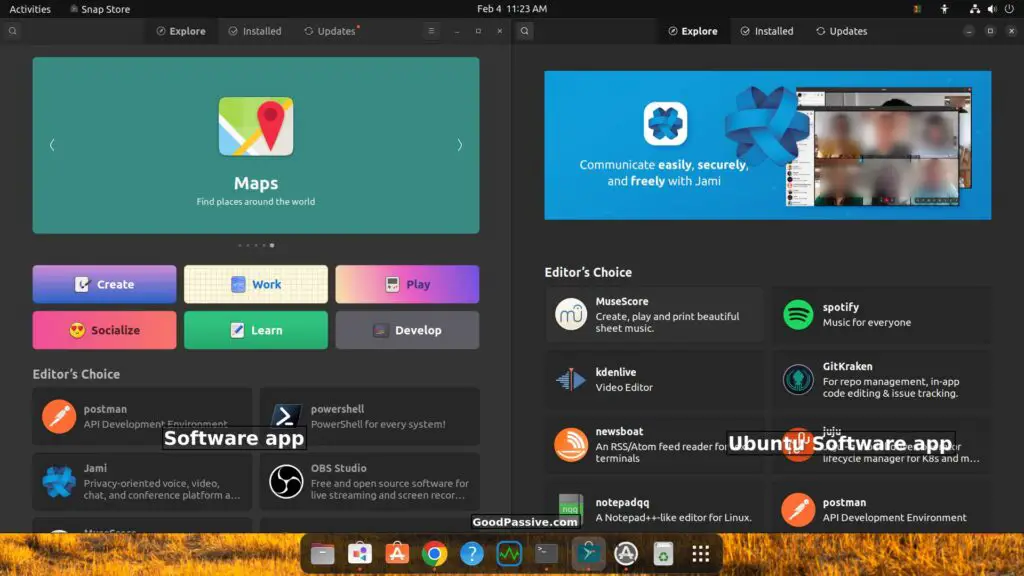
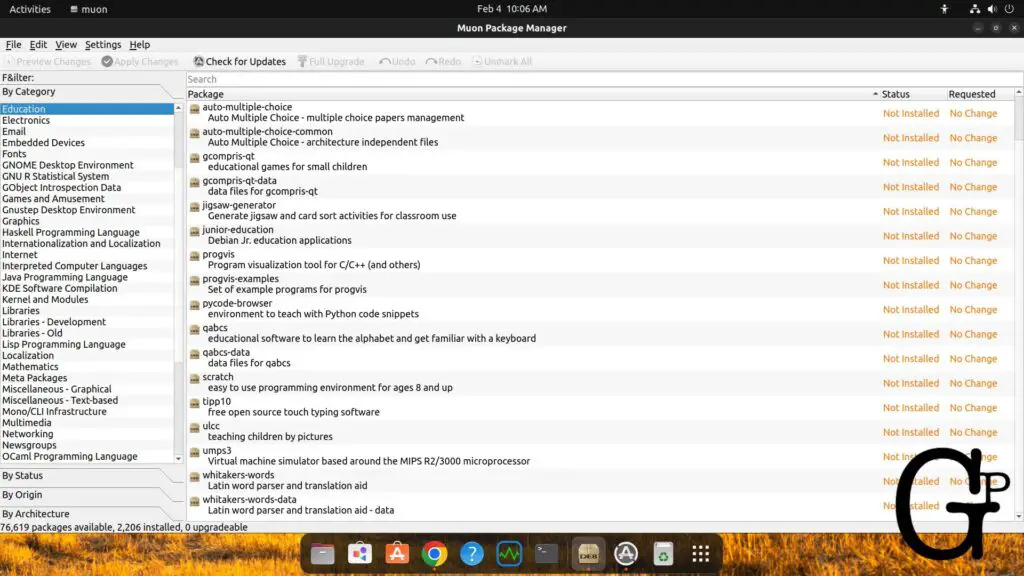
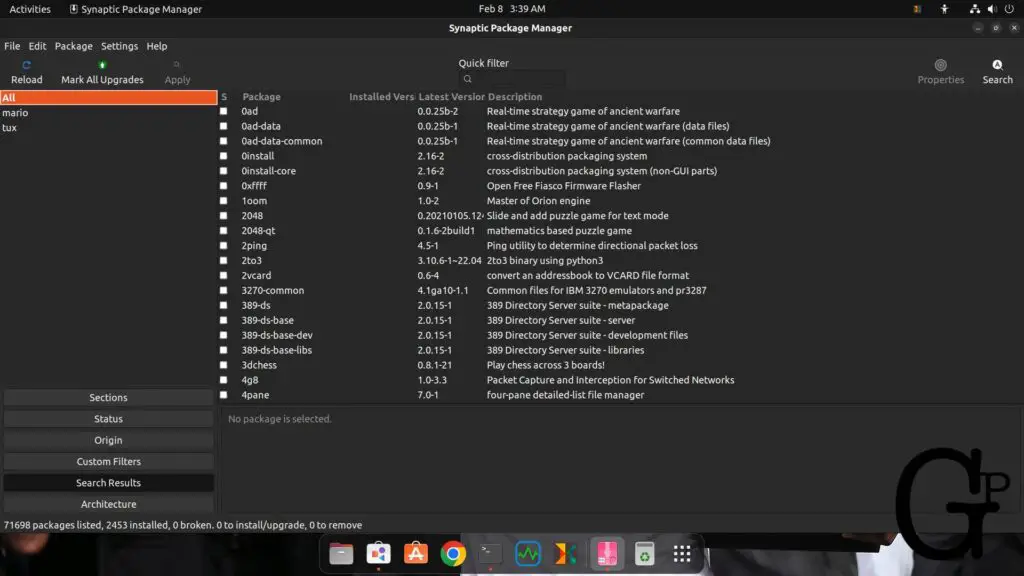
There are other ways to install apps or programs. These are 2 more examples.
- For Github, Copy a git URL from a Github site and clone it with a $git clone https://www.github.com/xx/x.git. Follow the page instructions to install it.
- For AppImage files, download it and change the permission to executable with $chmod +x xyz.appimage. Then execute it from that directory with $./xyz.appimage
Command-line package managers are not too difficult and quite straightforward. For example, just type apt and enter for instructions.
In general, removing software may or may be done via the same app or program manager we installed it with.
Here are some ways we may remove apps or programs in Ubuntu:
- Look for the app or program with Super key and type the name. Right-click the icon and click Show Details. Remove it by clicking the trash can
- With terminal package managers, we can issue remove commands e.g. $sudo apt remove package-name
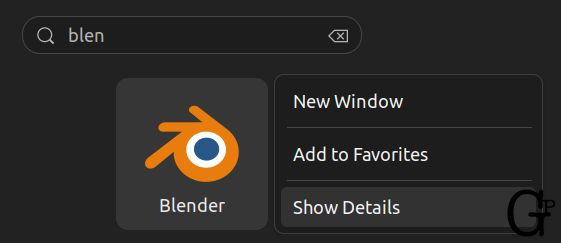

Disadvantages of Ubuntu Gnome
- Unstable e.g. unbootable and installed apps cannot be found or cannot launch
- Resources usage may seem higher than other desktop environments e.g. KDE, XFCE
Ubuntu Gnome broke down only after a week of non-use.
Performance of Ubuntu Gnome Vs Elementary OS
Here is a comparison of resources usage between the two. And I have to say Elementary OS does feel faster in different aspects e.g. installation, boot time, and apps launch.
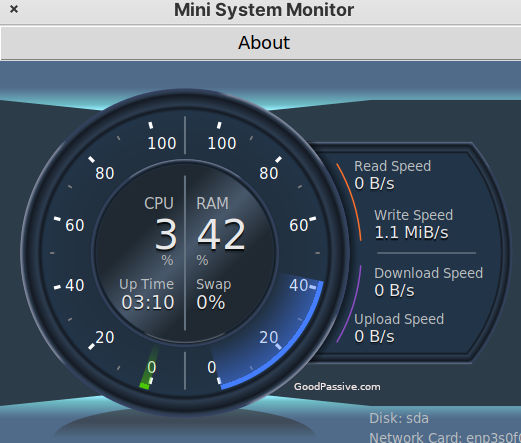
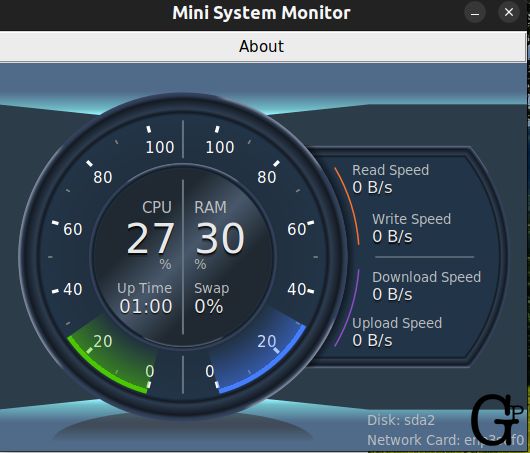
However, I would not judge the two simply on performance snapshots – CPU percentage usage may fluctuate.
Ubuntu desktop use exercise:
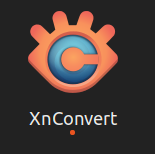
Install a useful image program XnConvert from Ubuntu desktop and use it to watermark a main image with a logo image and output to a specified folder in a JPG format.
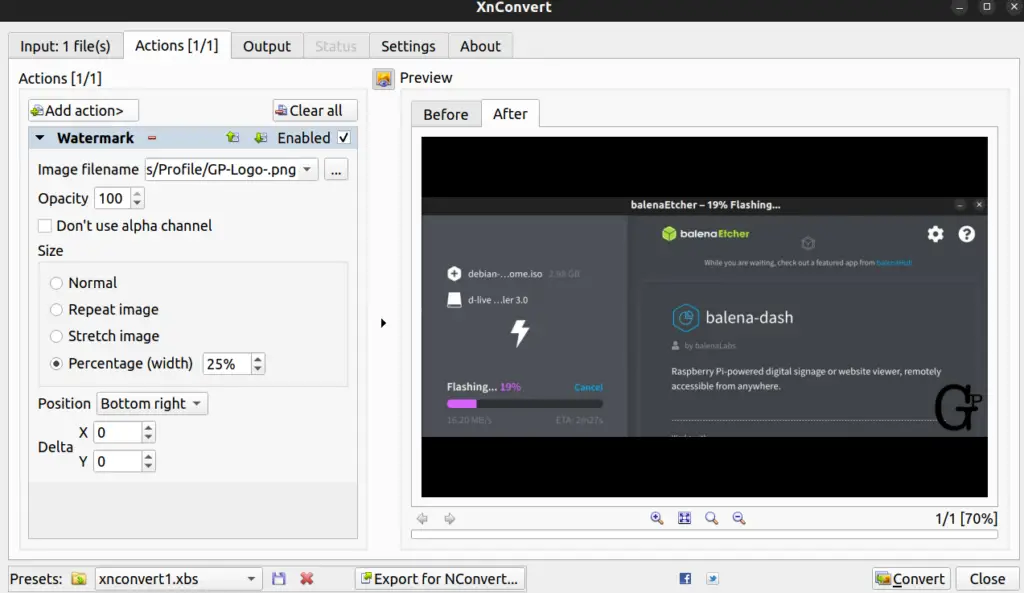
Note: You can set Xnconvert to remember your settings and launch again with it. That is pretty handy if you ask me. It even has batch convert options, and all for free.
Hint: Press Super-A or Super and type Software, click the Software icon, start typing straightaway XnConvert (no need to click the search icon), wait for results to load, click it , and click install.
Which is the best Linux for beginners?
This is subjective but I would recommend Linux Mint.
Command line for beginners and seniors
If you are a beginner who likes to learn some basic commands for Linux terminal and more, I wrote a Kindle book – Commands that may help.
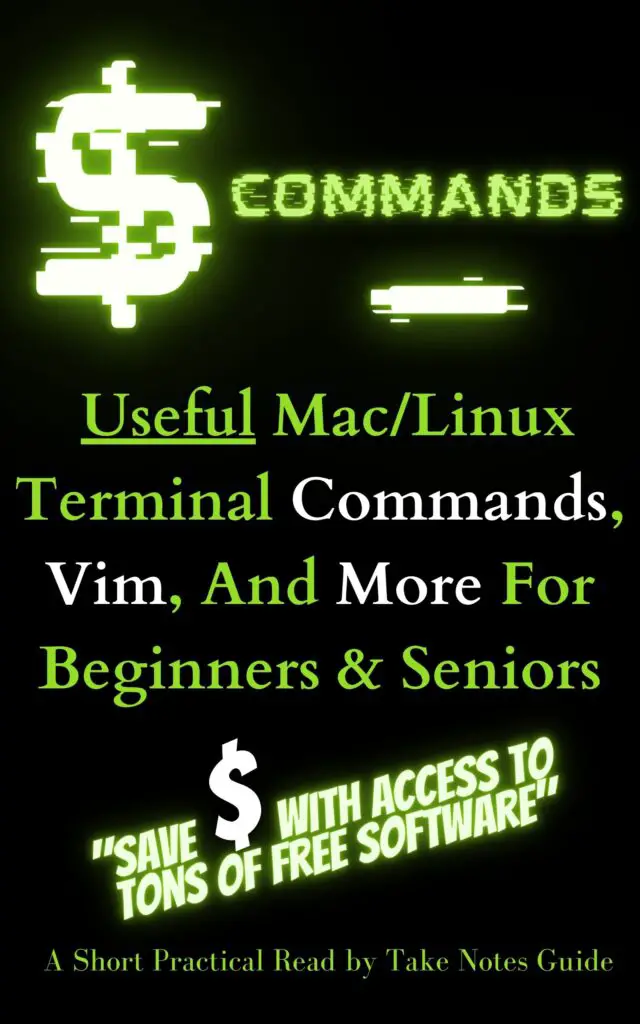
Conclusion
Ubuntu Gnome desktop may seem a solid Linux distribution for the end-users, beginners and expert users alike. It has normal installation with popular apps or minimal installation that advanced users can customize accordingly.
Ubuntu is professional and focus on stable software updates and even upgrades from within the current version without having to reinstall a new release (without skipping releases and upgrades cannot go back). This is evident in the different software apps build around this key point, and understandably so being that Ubuntu is the parent distribution many other spin-offs rely on.
From my experience, I can compare it with Elementary OS (another successful Ubuntu-based spin-off distro). Elementary OS may seem faster and more geared towards performance. However, Elementary OS will need backup, repurchase and re-installation for new releases – That can be a big turnoff for some.
Super-A (Combination of CMD or Windows Key with the A key) or Super can be your best friend, master this Ubuntu force. Another friendly pet in this Ubuntu-Land is Super-D.
However, Ubuntu Gnome broke after just a week of inactivity. Stability and basic use is the top priority of any computer use, no matter how fancy the interface looks.
Ubuntu Gnome verdict: There are some advantages including aesthetic looks but use at your own risk.
Be wholesome.
More
How to customize Ubuntu Gnome to be more senior friendly or better for eyes health?
One is to go for dark style in Settings->Appearance to avoid long hours of bright screen glare. Next is to enable large text in Settings->Accessibility. Third, we can add custom shortcuts to control brightness of the screen with ease (read below how to do it). Fourth, press Ctrl and scroll the middle mouse wheel can adjust the text size in some apps e.g. Chrome, ghostwriter.
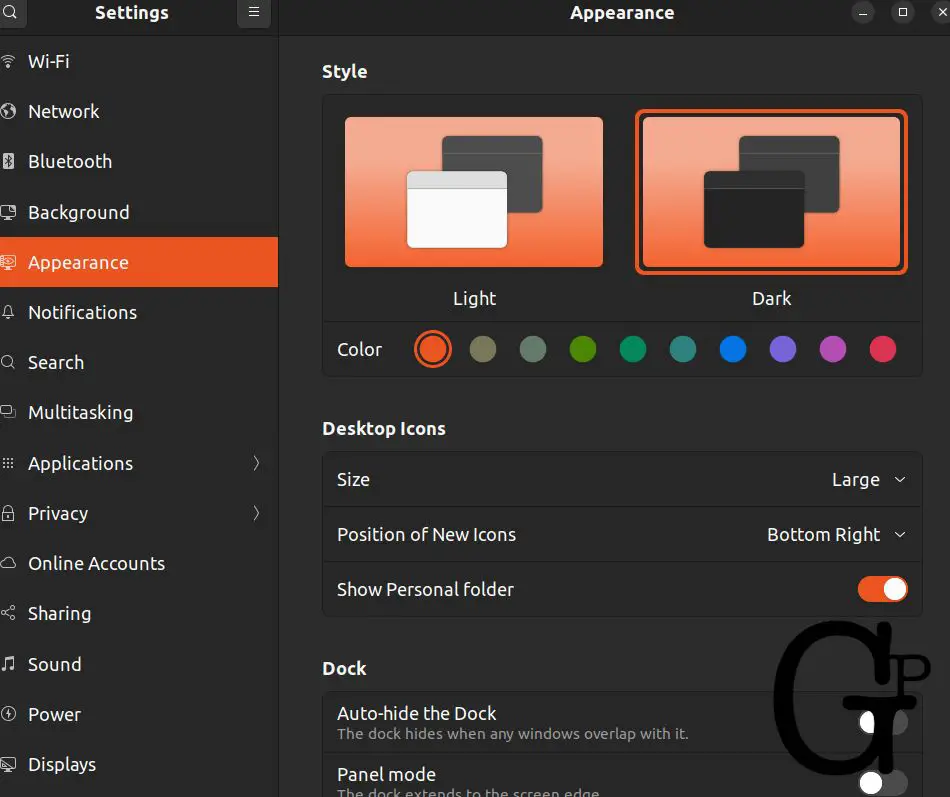
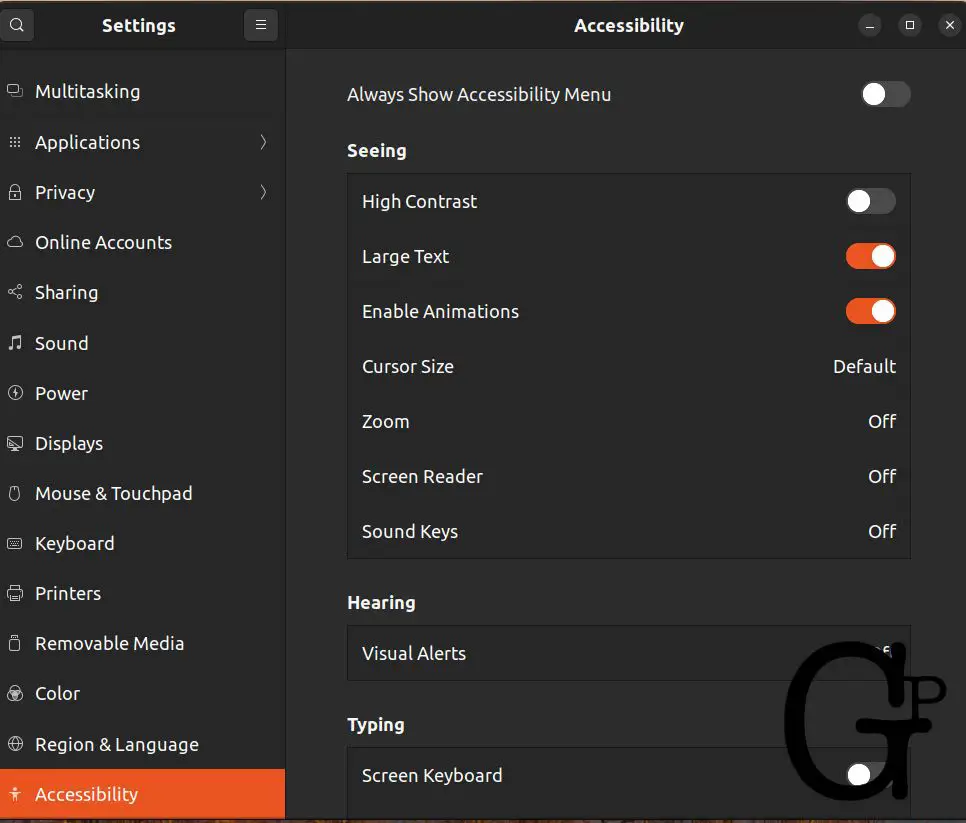
How to add custom shortcuts in Ubuntu Gnome?
Settings->Keyboard->Keyboard Shortcuts->View and Customize Shortcuts->Custom Shortcuts->+.
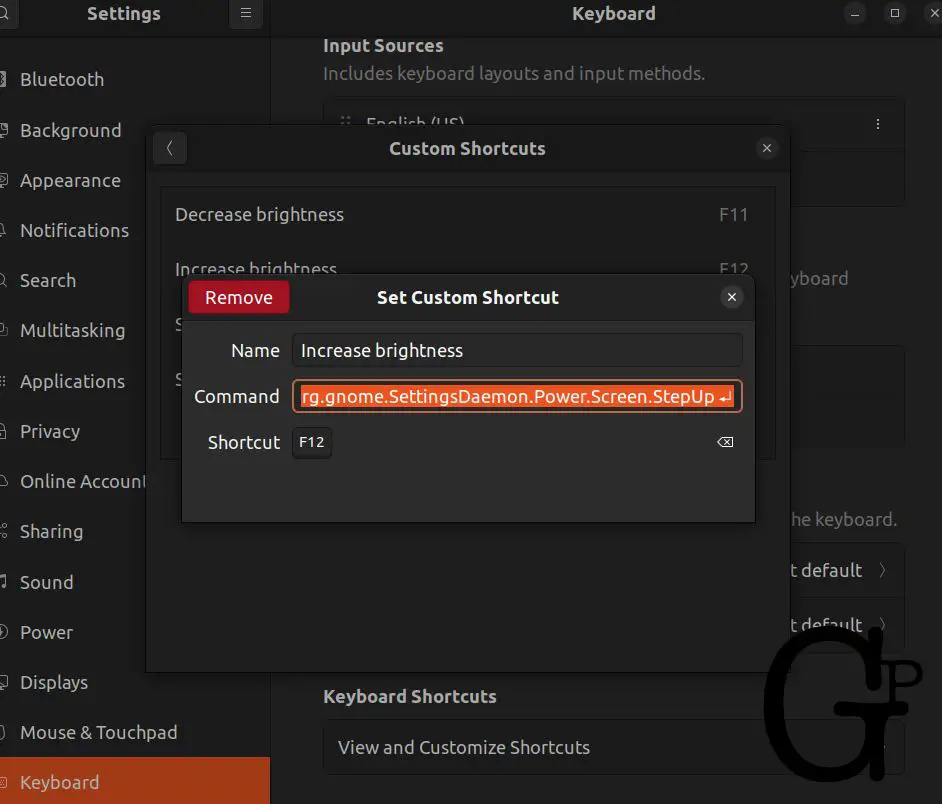
For example, we can easily increase or decrease brightness with shortcuts.
Name: Increase brightness. Add a shortcut key. Command: gdbus call –session –dest org.gnome.SettingsDaemon.Power –object-path /org/gnome/SettingsDaemon/Power –method org.gnome.SettingsDaemon.Power.Screen.StepUp.
Name: Decrease brightness. Add another shortcut key. Command: gdbus call –session –dest org.gnome.SettingsDaemon.Power –object-path /org/gnome/SettingsDaemon/Power –method org.gnome.SettingsDaemon.Power.Screen.StepDown
How to preview images with the Spacebar in Ubuntu?
I like this Mac’s Spacebar convenient feature to preview images. One way is to install Gnome sushi.
How to annotate screenshots and images in Ubuntu?
Ksnip can do simple annotations just fine, like adding borders, arrows, blur, and text. Save as another image file format. Install it with the Software app in Ubuntu.
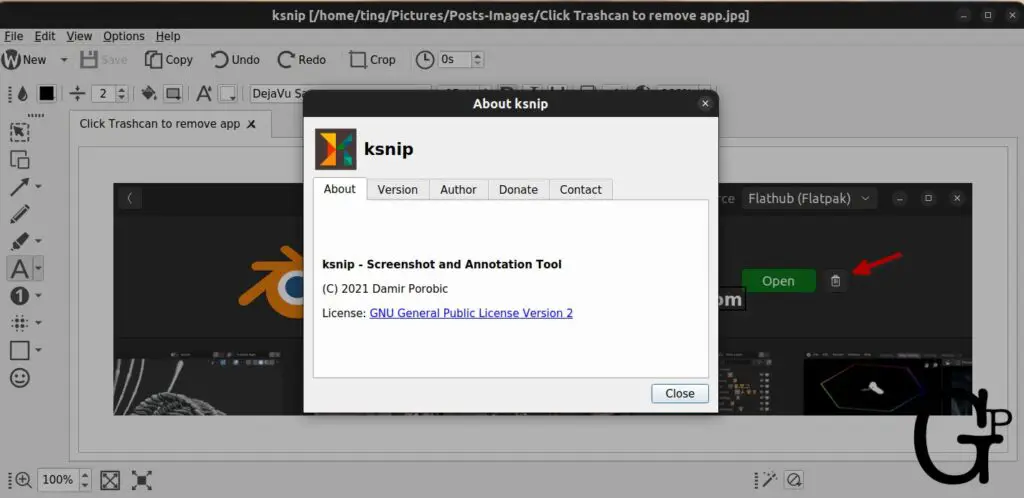
What is Ubuntu Gnome’s default text editor?
Gedit is a decent general editor that supports numerous languages including programming ones.
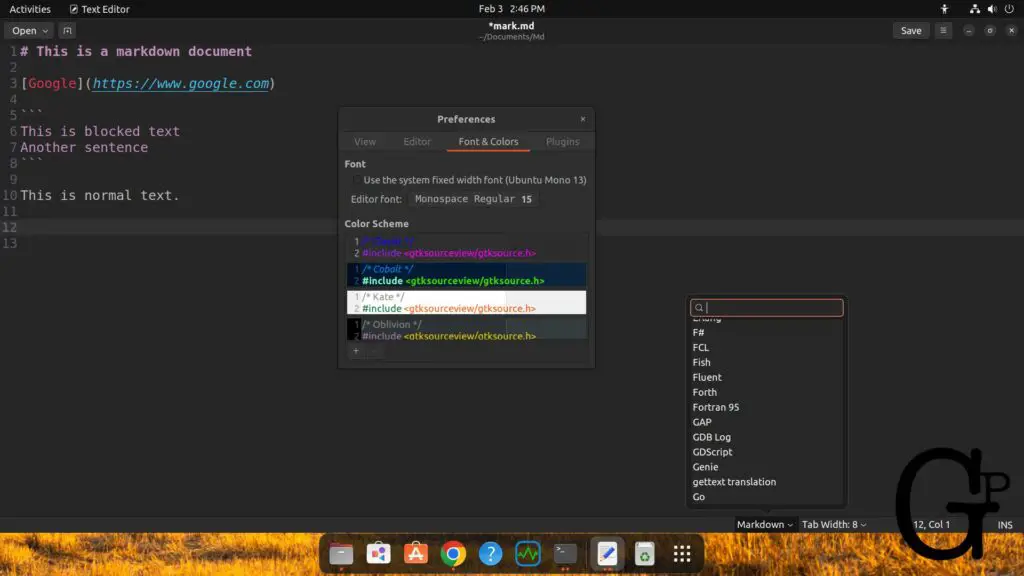
However, it has its limitations. For example, markdown documents is not edited with a live preview. That is not a major issue though, users can easily install the excellent ghostwriter writing app (from the Software app) for example and edit Markdown with live preview on the right.
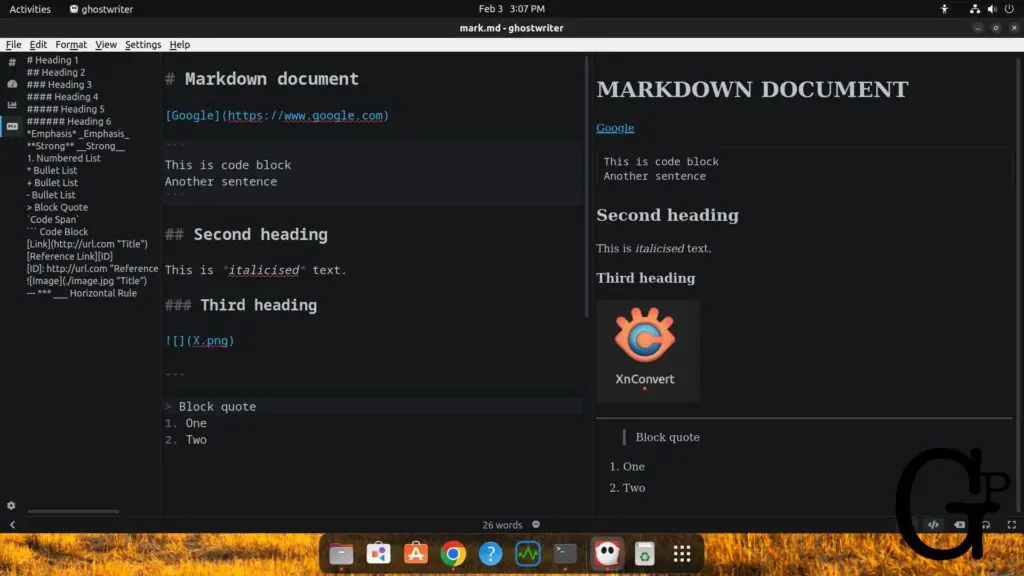
How do you rate Kubuntu?
Kubuntu (Ubuntu with KDE Plasma) is another popular one with a good reputation. Kubuntu feels and looks like Windows. Like Ubuntu Gnome, installation takes longer than I liked.
I installed it and at least it is working well so far. I can install and run programs fine without problems. The basic functions are working well e.g. Screenshots can be annotated easily with the built-in Spectacle app and Xnconvert can be installed and launched.
A disadvantage, and it can be a major one, is how small the fonts are. We can change the font size in the Settings->Appearance but that is not pervasive, some apps or URL address bar font size is still too small.
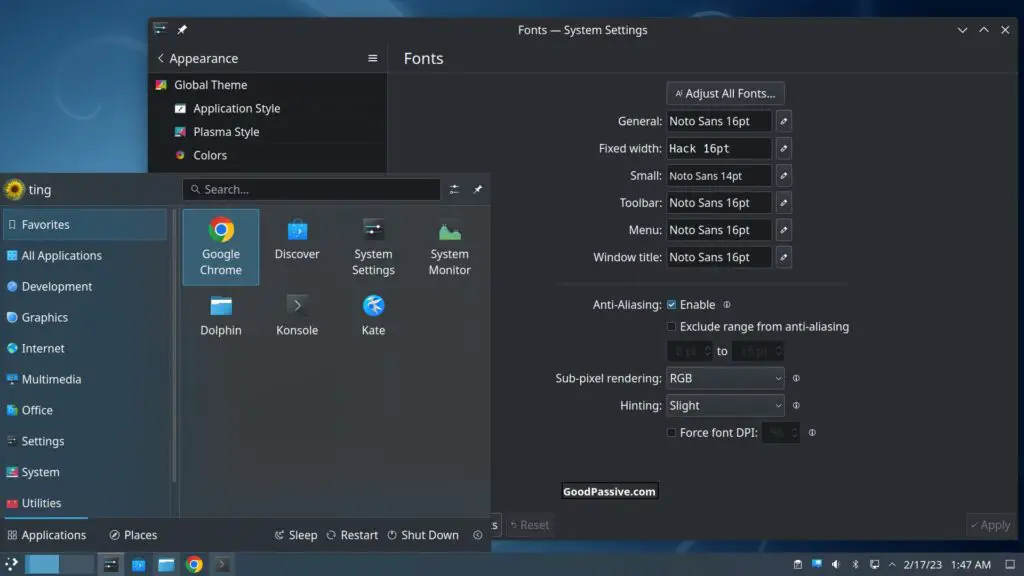
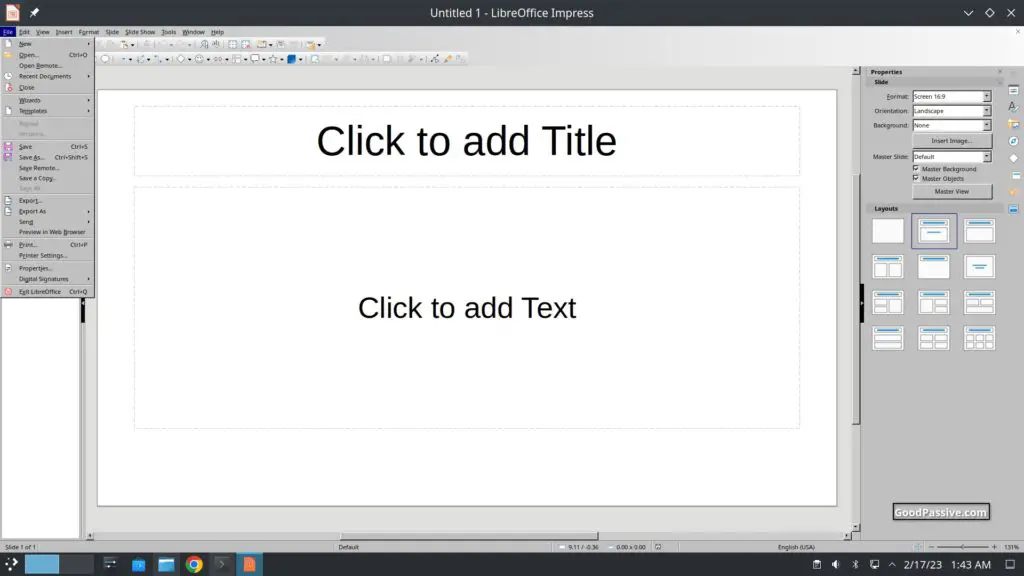
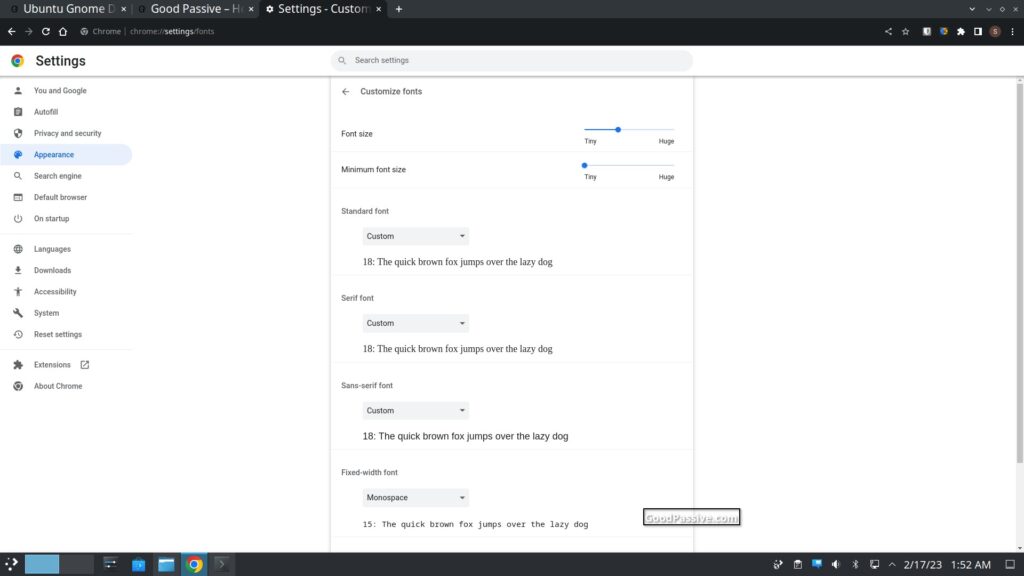
Verdict for Kubuntu: Good but system font in some areas is too small despite enlarging. This can be an issue for some senior folks.
How to install Debian Gnome? How do you rate Debian Gnome?
Ubuntu is based on Debian from what I gathered. If you want to install and test it out, I would suggest: Copy the Debian Gnome ISO (for AMD64 architechture, more than 2.5GB) latest download link from this Debian download page here. Then in terminal $wget download_link_copied. Then create a live bootable flash drive with an easy USB flash drive like Balena Etcher.
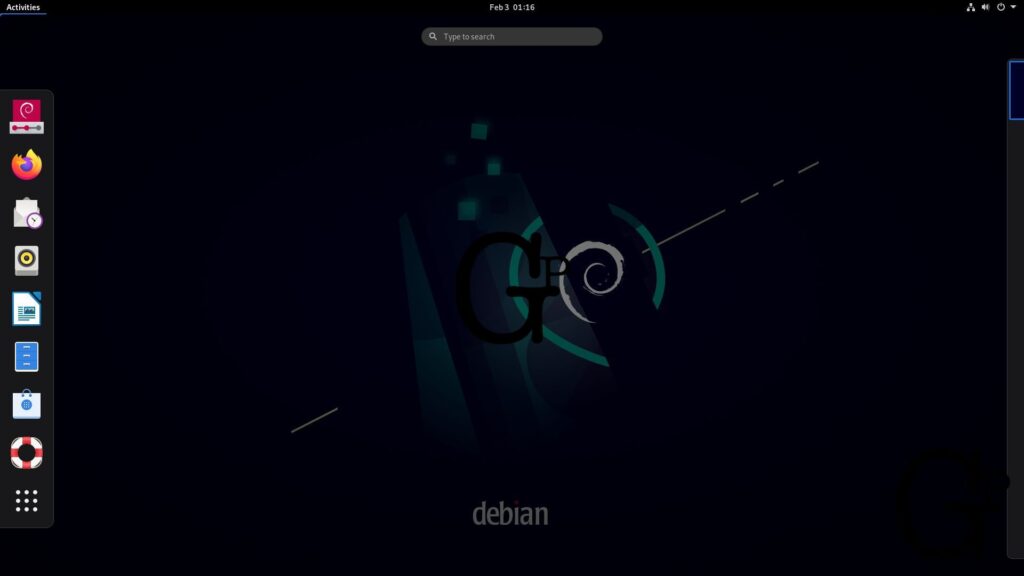
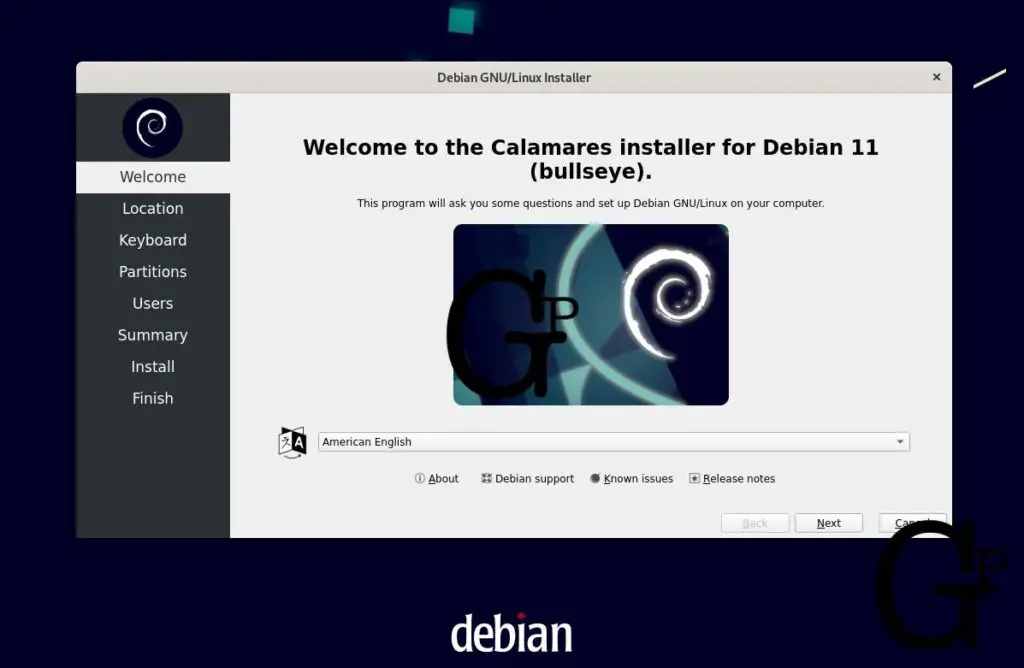
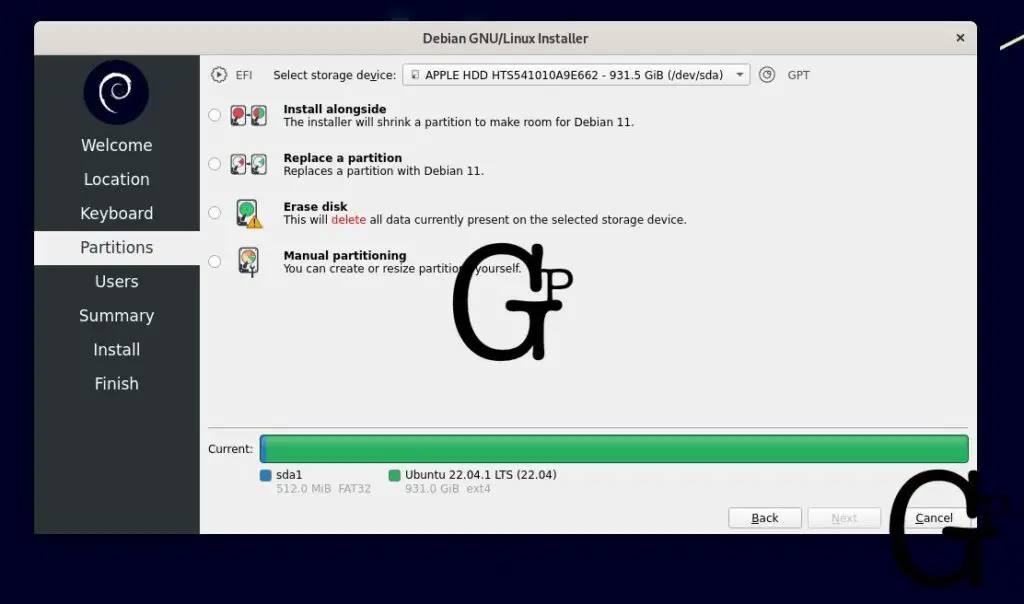
Notice the Debian Installer also has these 2 options: Erase Disk and Install alongside. These two options can be important for Linux beginners for ease of installations. Not to be taken lightly for granted – not all Linux installations are have these user-friendly options! It even has a Replace a partition option which I am unsure I have seen before and can be pretty useful to those who want that.
From my short boot and test of Debian Gnome, it is a viable alternative to Ubuntu Gnome and Elementary OS.
Verdict for Debian Gnome: Average. The installation ease with options is a plus but I personally do not quite like the Debian Gnome desktop look and feel..
How to run an AppImage e.g. Balena Etcher in Linux?
For example, download the Linux AppImage file here. Go to terminal and $chmod +x balenaEtcher-1.14.3-x64.AppImage. Then run it with $./balenaEtcher-1.14.3-x64.AppImage.
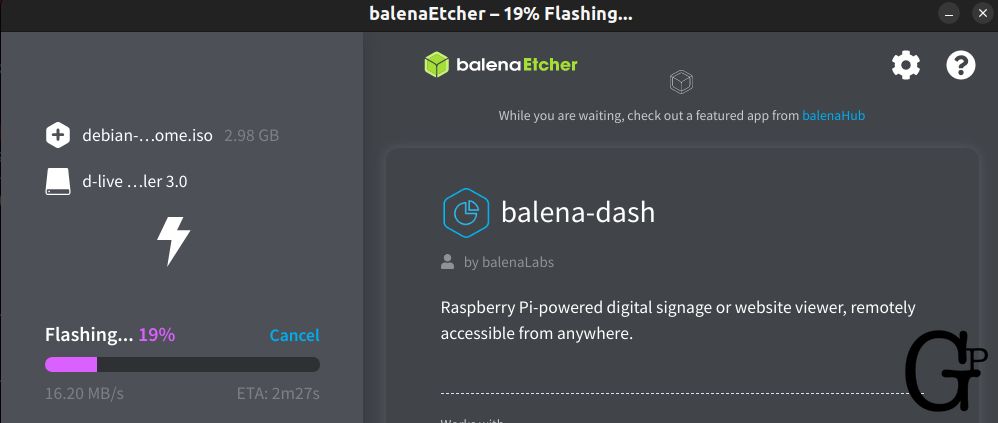
What is a cool free app for creating 3D models in Ubuntu? And how to learn blender 3D?
Create value with 3D artwork – Blender can be easily installed in Ubuntu from the Software app. Blender 3D is a complex software to say the least, installing it is just the beginning. The art and science of learning Blender itself can be a topic discussion. The best resource I know can be Polygon Runway for beginners and solo artist looking to create mini cube-style 3D artworks.
